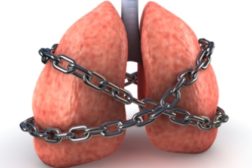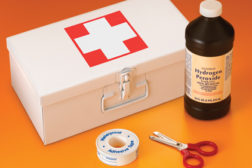Workplace Health
Cheap ways to be healthy
CDC offers budget-conscious tips for healthier lifestyles
May 9, 2013
Economic costs of asthma: $56 billion a year
Numbers of asthma sufferers increasing in U.S.
May 8, 2013
Only one in five U.S. adults meet physical activity guidelines
-But half of us get enough aerobic exercise
May 6, 2013
Our hands at work: hazards and injury prevention
Injuries can happen quickly - over over time
May 2, 2013
5 ways exercise helps men live longer and better
It only takes a few basic lifestyle changes to lower the chances of getting many age-related diseases
April 30, 2013
Never miss the latest news and trends driving the safety industry
eNewsletter | Website | eMagazine
JOIN TODAYCopyright ©2024. All Rights Reserved BNP Media.
Design, CMS, Hosting & Web Development :: ePublishing









